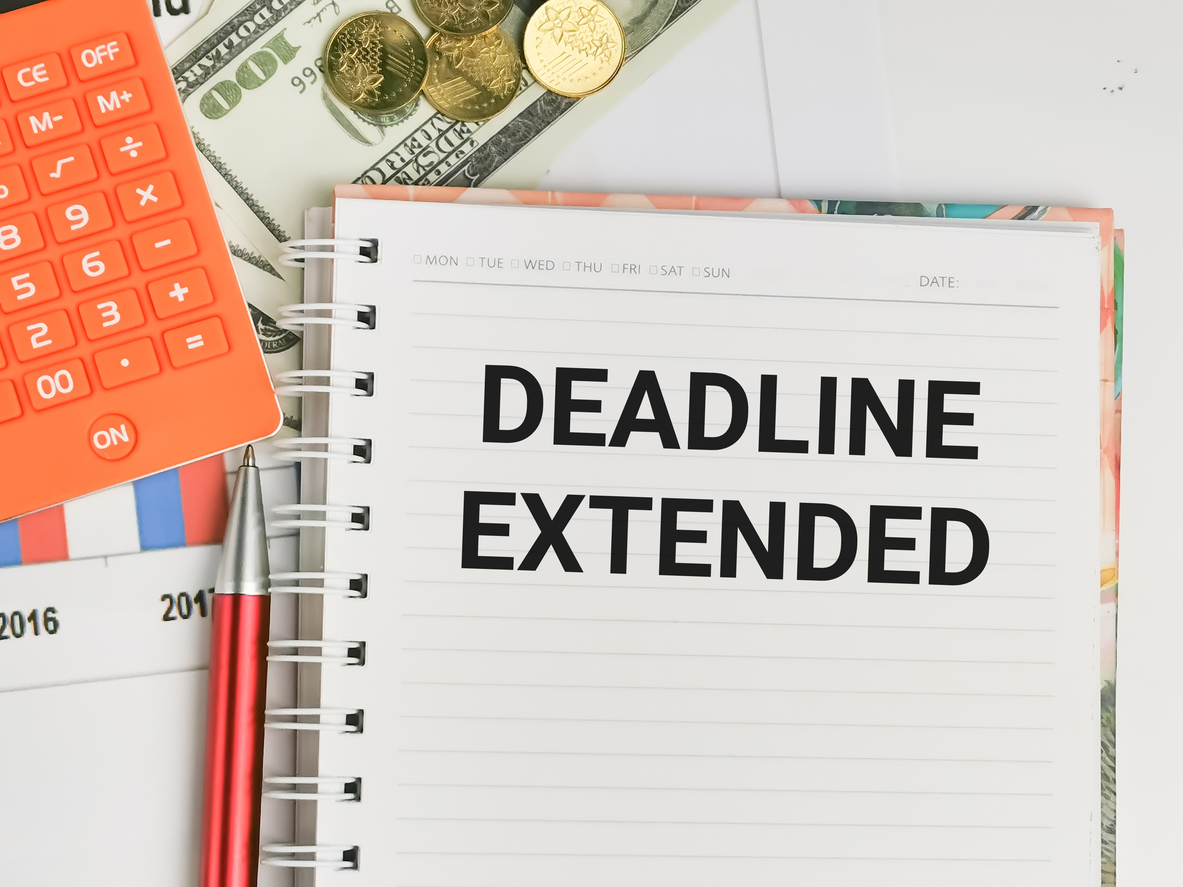News outlets are reporting that Texas properties may be uninhabitable for weeks or months due to the catastrophic flooding from Hurricane Harvey. Unfortunately, it may be that many of these homeowners do not have flood insurance. For those that do, they may be eligible for advance payments under their federal flood insurance policy. To obtain payments under a National Flood Insurance Policy (“NFIP”), the policyholder must submit a proof of loss form before an advance payment is issued. However, FEMA issued a bulletin dated August 29, 2017,1 stating that it will waive this standard requirement if certain requirements are met.
You can read the bulletin by clicking here.
In August 2016, FEMA issued a similar bulletin regarding advance payments for flood damage resulting from severe storms in Louisiana, Mississippi, Arkansas, and Texas,2 and in October 2016, it did the same regarding advance payments for Hurricane Matthew flood damage.3
FEMA explains there are two opportunities for advance payments for Harvey flood claims: (1) Pre-adjuster Inspection; and (2) Payment for Significant Damage.
The advance payments described in category #1 (Pre-adjuster Inspection) are as follows:
Advance Payment Opportunity One: Pre-adjuster Inspection
Once a policyholder provides a notice of loss, an insurer may offer an advance payment after confirming coverages and deductibles and validating that the insured property has flooded. Such advance payment may not exceed $5,000. An insurer may offer a total advance payment of up to $10,000 if the policyholder also provides the following documentation:
1. Photographs depicting flood damage to covered property; and
2. Either:
a. Documentation verifying out-of-pocket expenses related to the repair or replacement of covered property, such as receipts or canceled checks; or
b. A contractor’s itemized damage estimate.
The advance payments described in category #2 (Payment for Significant Damage) are as follows:
Advance Payment Opportunity Two: Payment for Significant Damage
An insurer may offer a larger advance payment of up to 50 percent of the contractor’s estimate prior to receiving a proof of loss if:
1. The insurer receives a contractor’s estimate of necessary repairs on an item-by-item basis for the insured property; and
2. A flood insurance adjuster retained by the insurer has inspected the insured property.
Because properties will likely be uninhabitable for weeks or months, advance payments become critical for an insured to be able to begin repairs as soon as reasonably possible. Hopefully FEMA will also significantly extend the deadline for policyholders to submit their sworn flood proofs of loss, as Chip Merlin requested in Merlin Demands Federal Extensions to File Hurricane Harvey Forms.
As the advanced payments bulletin explains, there are several thing to take into consideration. Advance payments are not payment for additional living expenses. They are made against the final payment of your building or contents loss. The advance payment will be made directly to the insured and must include any mortgagee that has a financial interest in the building. Acceptance of an advance payment will not affect the insured’s right to seek additional payment under the terms and conditions of the Standard Flood Insurance Policy.
For all the specifics regarding Hurricane Harvey advance flood payments, please take time to read the entire bulletin, or consult with an experienced professional.
_______________
1 https://nfip-iservice.com/Stakeholder/pdf/bulletin/w-17024.pdf
2 https://www.propertyinsurancecoveragelaw.com/2016/08/articles/insurance/fema-issues-bulletin-to-allow-advanced-payments/
3 https://www.propertyinsurancecoveragelaw.com/2016/10/articles/insurance/fema-lays-out-guidelines-for-obtaining-advance-payments-after-hurricane-matthew/



